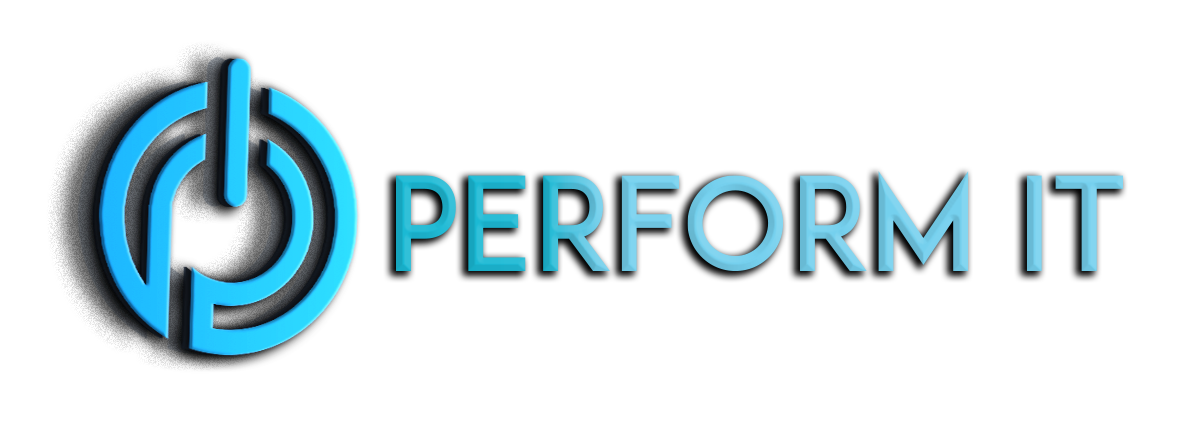Modern businesses are a vast network of apps and interconnections, and this can quickly lead to problems when it comes to informed decision-making on business action or tech investment. The best conclusions are those which are reached through analysing data, but collecting the right data is often the biggest challenge – as is using it to paint a coherent picture of your systems in order to come to the right decision.
To overcome this, the best approach is to expand your field of view, taking in more relevant information to create a clearer picture of what’s actually going on. But this isn’t as straightforward as it might sound. Businesses face a number of hurdles, from getting the right data to cutting through the noise, which can inadvertently result in a narrower field of view.
In monitoring, more is more
Businesses are complex organisms – and with so much going on, decisions need more data to back them up. Expanding your monitoring field of view – by adding more tools, observing more business functions, examining more processes, and surfacing more data – you can gain a better understanding of what’s going on inside your business.
Using data to drive business decisions is a bit like archaeology: context is everything. The artefact you uncover is only part of the story, and details like where something was found, what it was discovered alongside, and when it was put in the ground are all crucial for getting a better understanding. Similarly with data, knowing that you’ve sold 100 products isn’t useful information on its own – it needs to be paired with when you sold them, what customers bought them, and other critical factors to be useful for future business decisions.
Having a wider scope of monitoring ensures that you’re never missing context, and you’re able to use it to gain a clearer picture of what’s actually going on within your business. A wider scope also means you’re able to be more certain in your decisions – if you’re planning based on data from 10 events, that data will be less reliable than if it stemmed from 100 events. Like a survey, a wider sample size helps to create insight that’s more representative of what’s truly going on inside your business.
This also helps the data to be more predictive – if you have data from the last 5 years, spanning hundreds of thousands of transactions, and you’re using this to predict trends into the future, you have a far more solid foundation than a business trying to make snap judgements based your 100 most recent transactions.
What’s data and what’s noise?
Resistance to deploying a wider monitoring field of view often comes down to the perception of noise. More tools generate more alerts, but the number of business-critical events an IT team needs to respond may stay the same. As such, a fine line develops between a sophisticated monitoring estate which casts a wide net over an entire business, and a firehose of data which only generates meaningless noise in most day-to-day operations.
This is where AppDynamics Business IQ (or BIQ for short) comes into play. BIQ allows you to use you monitoring data to get key insights into the performance of different aspects of your business. Rather than just identifying if a server has gone offline, or a SaaS app is performing poorly, having a wide field of view allows you to pull in all the data you need to understand your business. For example, rather than monitoring simply showing you that a router is running close to its maximum capacity, you can see that the latency this issue is causing is leading to a drop in sales during peak times.
That information serves two key purposes. First and foremost, it allows you to better understand how your IT environment affects business outcomes and identify cases where IT may not be to blame – for example, if you see a drop in sales but your environment is remaining stable, you can save time troubleshooting issues in your environment and look at different potential root causes.
Secondly, it allows you the all-important ability to create a compelling business case for investing in IT. Often, IT investment can feel like it’s simply a drag on operational costs rather than actually driving business forward – new servers are set up because old ones are reaching capacity and justification is no more detailed than that. But with extensive monitoring in place, IT teams can demonstrate how investments are paying off and improving business outcomes, making it easier to push for further improvements to the environment.
Building points of view
While there’s a lot of value in establishing a wide base of monitoring, the aforementioned problem of noise can present an ongoing challenge for IT teams – this is where Perform IT steps in. For many customers, we do the heavy lifting of setting up a monitoring system using Business iQ: deploying monitoring solutions, pulling through the relevant data, and using it to build a dashboard that uses your data to show you the important events and trends within your business.
In short, we can use BiQ to package the data for you to cut out the process of digging through it yourself, allowing you to get the benefits of an expansive monitoring estate without needing to deal with many of the drawbacks.
If you’re curious about what we’re able to do, but don’t want to open up your own data just yet, we’ve also set up sample monitoring solutions that represent the key insights we deliver for a range of different industries, and what we could deliver for your business.
Want to know more? Get in touch with us today and book a demo to find out how a wide monitoring field of view can benefit your business.

